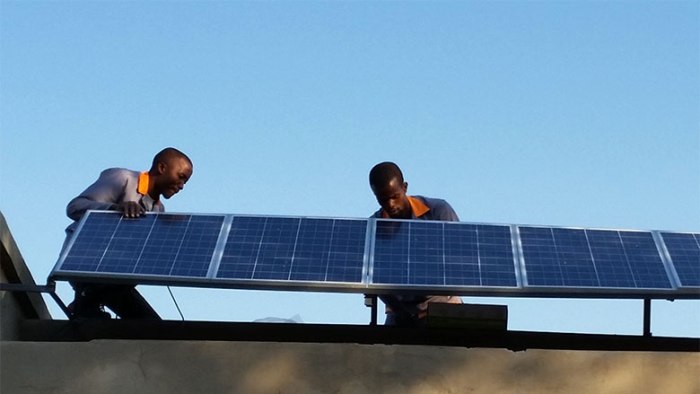In partnership with the World Bank Group, the government of Mozambique is changing the lives of rural residents by making electricity affordable and easily available.With the project, dubbed “Energy Development and Access Program (EDAP),’’which began five years ago, the government has linked thousands of homes in rural Mozambique to existing networks.
Also read:Mozambique unveils 120 MW gas fired power station
So far, close to 42,500 new customers have been linked to the grid. The government hopes to increase the existing networks in key towns and cities, as well as the establishment of more than 400 kilometers of new transmission and distribution lines.
“Now that we have electricity, we have been able to earn about $60 to $100 a month from the sale of ‘badjias’ and other cookies. We have begun to use the conventional oven that lets us diversify our products and increase the business,” said Laura Chissico, a resident of Moamba district in southern Mozambique.
Other areas that have been impacted by the project include Cabo Delgado, Niassa, Manica, and Inhambane-Laura provinces.
Prior to this project, people in these regions exclusively relied on domestic undependable kerosene lamps, as their major source of light, making it impossible for them to do any significant business at night.
The kerosene lamps produce dangerous fumes that cause deadly illnesses, such as lung cancer.
But with the current investment in new electricity distribution lines, installation of transformers, and new connections in rural Mozambique, inhabitants are hopeful that their lives are about to change for the better.
Local business owners say access to electricity has enhanced their output and quality of their services.
Schools, hospitals, and other public facilities in rural Mozambique have also profited from this project, with the World Bank hoping to link more facilities by the end of its second phase of EDAP, which is expected to cost $120 million.
At least 500 health centers and 300 schools in Inhambane, Manica, Cabi Delgado, and Niassa provinces have been linked to electricity using solar panels.

